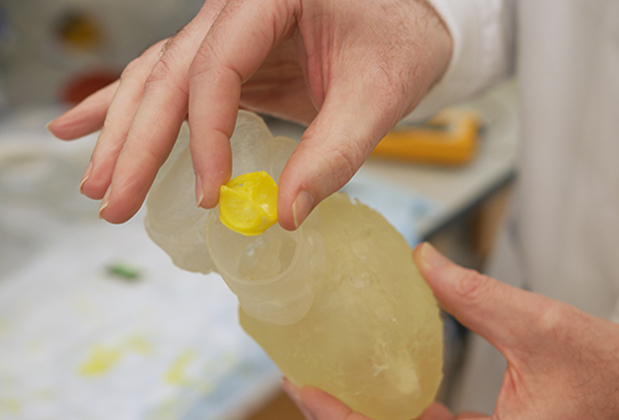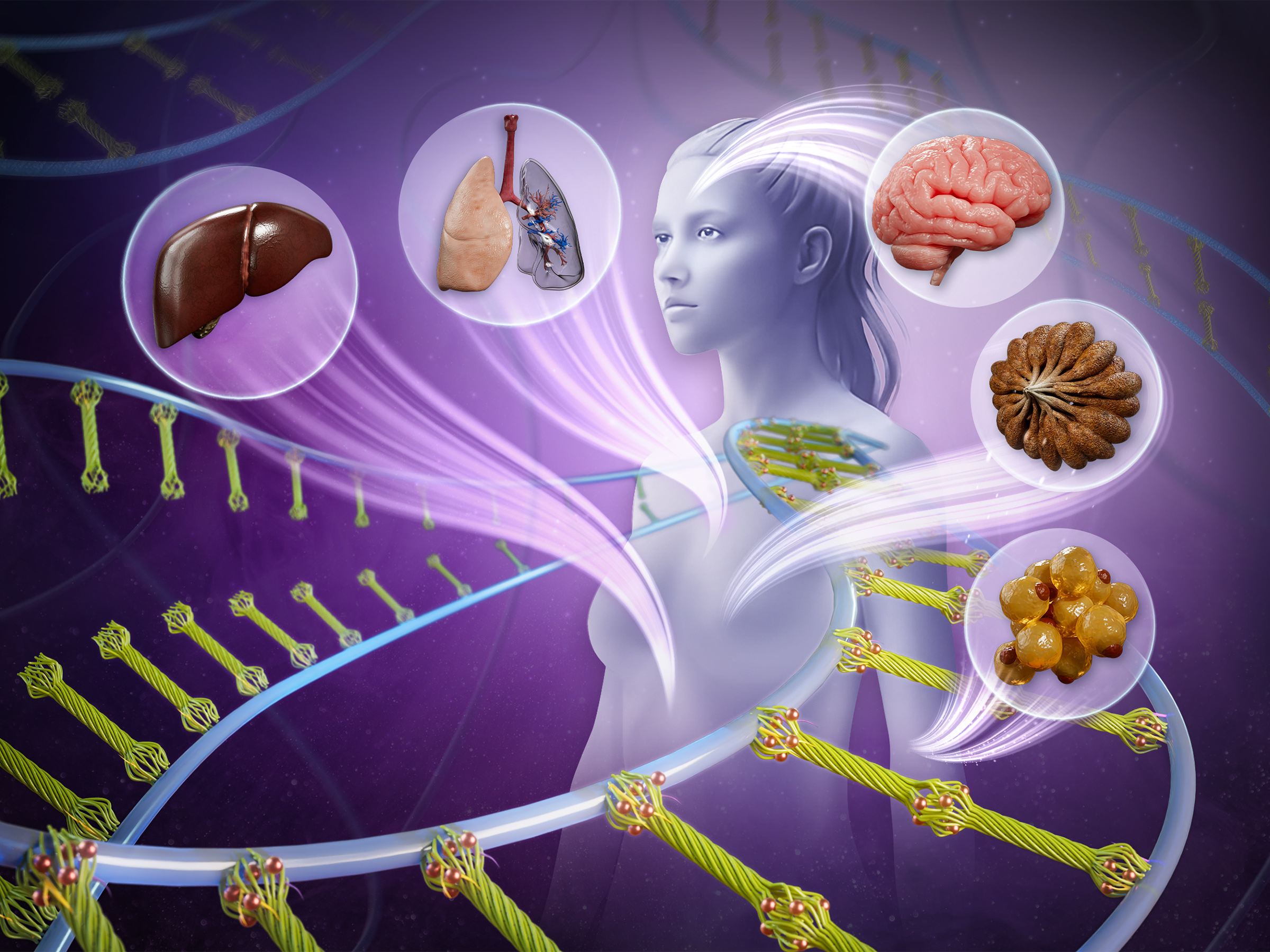
A research team has identified different subtypes of white matter (WM) astrocytes, including a unique type with the ability to multiply and potentially aid in brain repair. Using single-cell RNA sequencing and spatial transcriptomics, the scientists mapped astrocyte diversity across different brain regions and species, providing the first detailed molecular profile of WM astrocytes.
The team was led by Dr. Judith Fischer-Sternjak from Helmholtz Munich and Ludwig-Maximilians-Universität (LMU) München, alongside Prof. Magdalena Götz from Helmholtz Munich, LMU and the Munich Cluster for Systems Neurology (SyNergy)...
Read More









Recent Comments